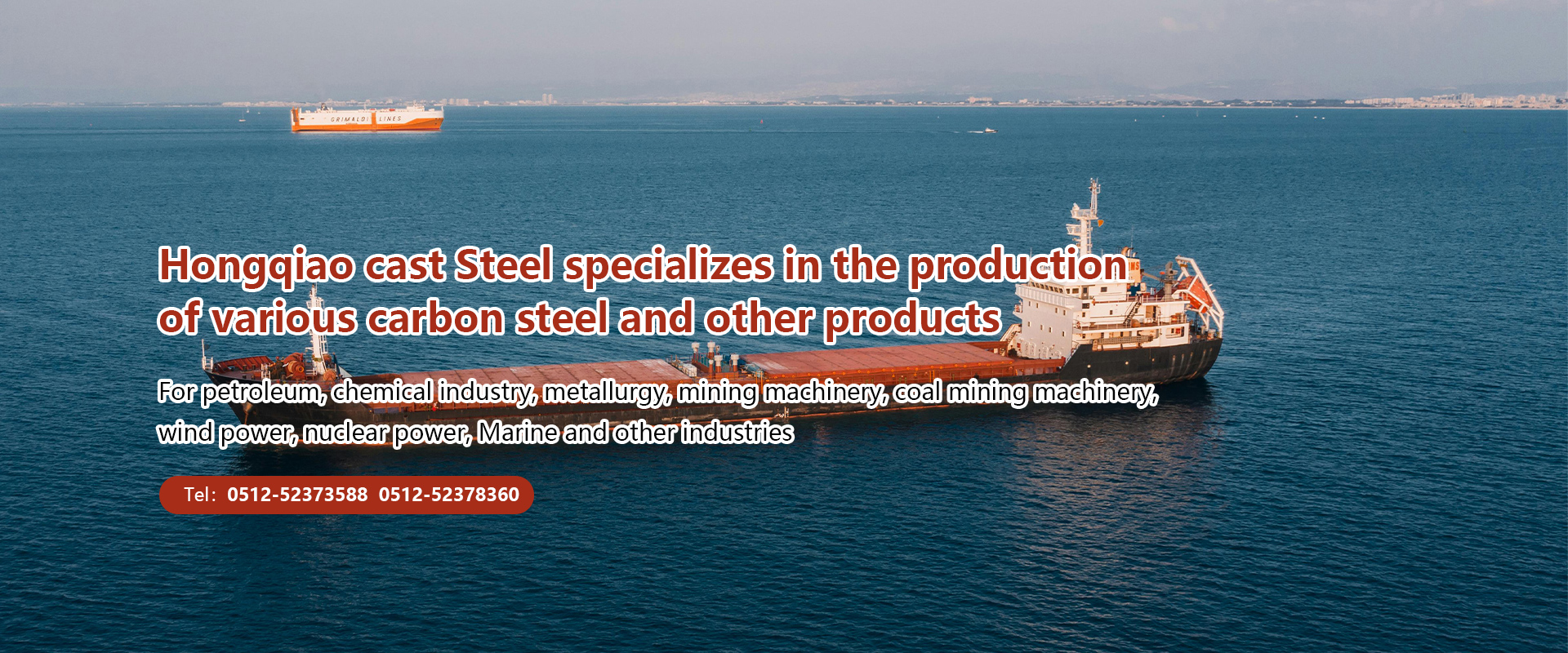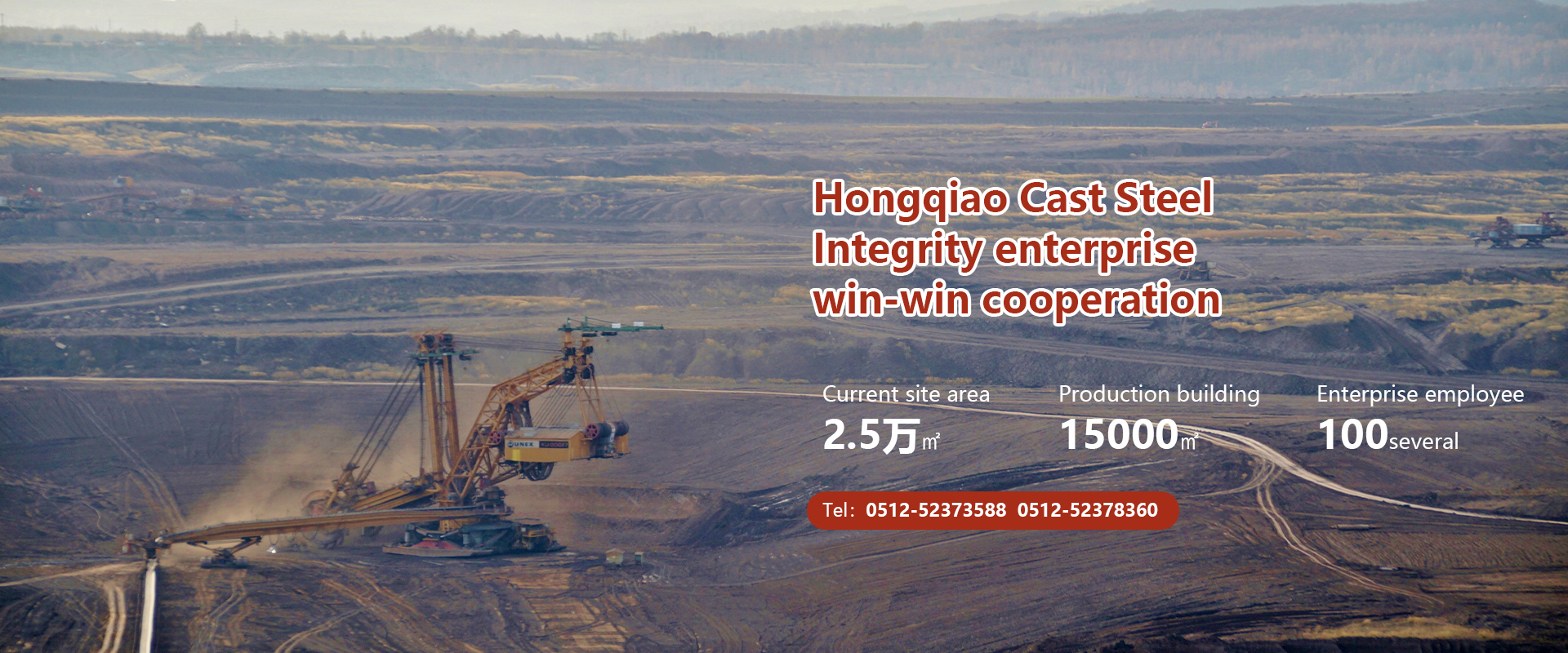ABS ocean engineering services: Resin sand thin-walled steel castings often have casting defects such as cracks and deformations. The main reason for this is that during the solidification and shrinkage process of resin sand thin-walled steel castings, the resistance is particularly high. Therefore, the process of resin sand thin-walled steel castings is different from that of general resin sand steel castings. The solidification of thin-walled steel castings not only follows the principle of sequential solidification, but also takes into account the principle of simultaneous solidification. This requires the reasonable setting of sprues and risers, the arrangement of cold iron and tension bars, so that the resistance to solidification and shrinkage of thin-walled steel castings is reduced. The reasonable use of cold iron and tension bars can eliminate the adverse effects of stress, avoid cracks and large deformations. Now, only the process improvement of box castings is used to summarize the process characteristics of resin sand thin-walled steel castings.
The box casting of a certain machinery factory was outsourced, with a contour size of 1360 × 980 × 436 and a basic wall thickness of 25/28mm. During the first two jobs, cracks and insufficient pouring defects occurred due to unfair processing, resulting in all castings being scrapped. After relevant personnel studied the process characteristics of resin sand thin-walled cast steel parts, the process of box casting steel parts was improved. Compared with the original process, the improved process has the following characteristics:
1. Separate the reinforcement and runner to avoid the runner also serving as reinforcement, which may result in the reinforcement not being effective and eliminates the insufficient expansion of the inner frame size of the casting due to deformation.
2. The original position of the tension bar overlaps with the riser, and by avoiding the riser, the anti deformation effect of the tension bar is greatly increased.
3. Turn the two box into three box, change the sprue to a gate type and enter along the two parting surfaces. The original sprue was poured from the top through the reinforcement, but due to the thin wall, there was insufficient pouring on the bottom of the box. The molten steel was evenly, smoothly, and sequentially filled into the mold cavity through the newly opened sprue. It flowed into the mold through the upper and lower gate sprues, and with the addition of separate risers, the heat of the casting was not concentrated. Finally, the molten steel flowed into the riser through the upper sprue. The casting first followed the principle of simultaneous solidification, and finally followed the principle of sequential solidification, which not only greatly reduced the tendency of deformation and cracking of the casting, but also obtained a denser casting.
4. In the four corners of the inner frame of the box, install 20mm steel bar cold iron, which adds cold iron to the easily cracked parts and eliminates the cracks in that area.
In order to compensate for the insufficient size of the overall inner frame of the casting that cannot shrink back, the process correction amount of the inner frame has been increased from 3mm to 5mm.
After the above process improvement, qualified castings were obtained.
Changshu Hongqiao Cast Steel Co., Ltd. mainly produces various specifications of carbon steel, high, medium and low alloy steel, stainless steel, heat-resistant steel, high manganese steel, and high chromium cast iron. We provide high-quality cast steel parts for industries such as petroleum, chemical, metallurgical, mining machinery, coal mining machinery, wind power, nuclear power, and marine. We also offer customized marine cast steel parts, ABS marine engineering services, and cast steel for export overseas.





